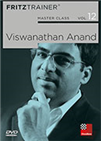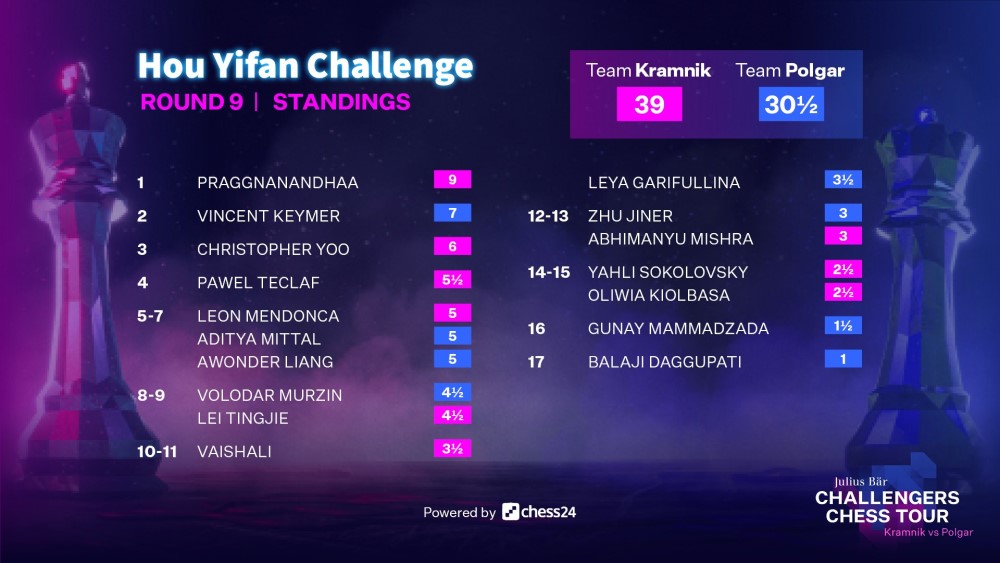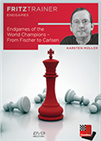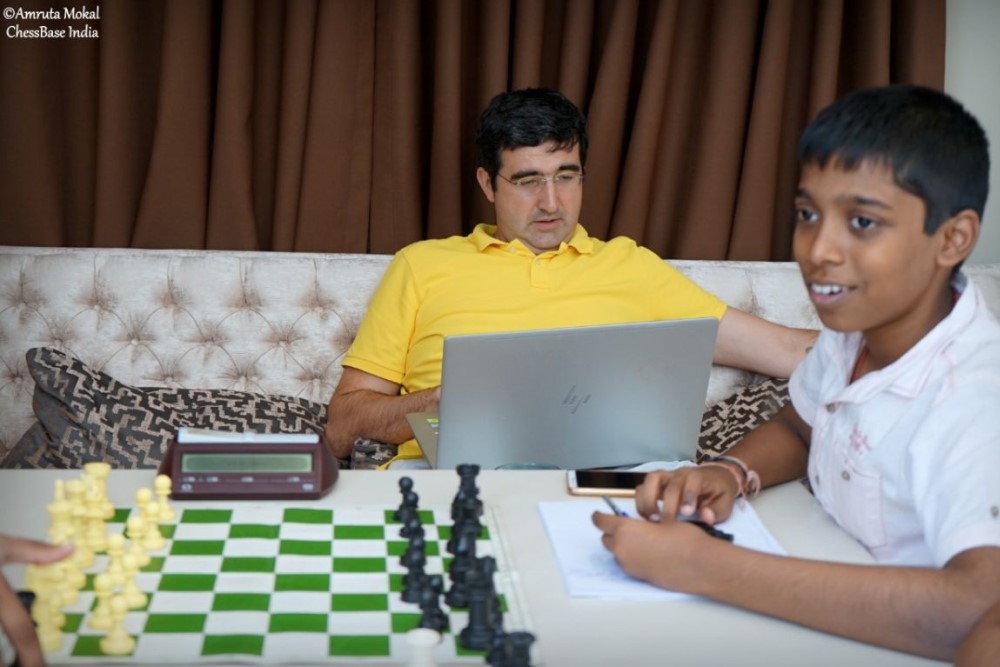Nine out of nine
At 16, Praggnanandhaa Rameshbabu is the 11th highest-rated U20 player in the world. A likeable teenager, he became the youngest Indian player to surpass the 2600 rating mark in May 2019. And it is not all about rating with Pragg, as many top grandmasters, including Indian legend Vishy Anand, have praised his play.
In the fourth event of the Julius Baer Challengers Tour, Pragg could not have asked for a better start — the boy from Chennai won all 9 of his games on the first two days of action.
 This DVD allows you to learn from the example of one of the best players in the history of chess and from the explanations of the authors how to successfully organise your games strategically, and how to keep your opponent permanently under pressure.
This DVD allows you to learn from the example of one of the best players in the history of chess and from the explanations of the authors how to successfully organise your games strategically, and how to keep your opponent permanently under pressure.Our first-round report featured a photograph of Pragg standing next to his mother, Nagalakshmi, and his sister Vaishali, who is also playing the online tournament. Back in 2019, when Pragg surpassed the 2600 rating mark, famed Danish trainer Jacob Aagaard, who has worked with the prodigy in the past, emphasized how helpful it has been for Pragg to have received the right kind of support by his family:
Praggnanandhaa is a wonderful child with a great sense of humour and a joyous existence. Vaishali is a quiet personality, but she is incredibly likeable. I feel happy to call them my friends. I have had some experience dealing with their parents, and you can easily see why the kids are so great. They are raised well, with a combination of love, kindness and firmness needed for a child. Basically, the parents are good at saying no with a smile, when they need to.
Going into the second half of the tournament, it seems like only Vincent Keymer — currently in second place, two points behind Pragg — has a chance of stopping the leader. Keymer will face Pragg with the white pieces on Monday, in round 11.

In round 7, Pragg beat Volodar Murzin with the black pieces. Jon Speelman has been dealing with pawn avalanches in his column lately, and although it was not an avalanche, it was Pragg’s connected passers on the queenside which gave him the full point in this game.
25.cxb4 was Murzin’s decisive mistake. There followed 25...Nd4 26.Rf2 axb4 27.f4 c3
White will not be able to create counterplay quickly enough, and only major material concessions will stop the connected passers. Murzin resigned three moves later.
Polish IM Pawel Teclaf had a good second day, scoring 3/4 to climb to sole fourth place. In round 6, however, he failed to find the right winning manoeuvre in a bishop vs knight endgame against Murzin.
 Let endgame expert Dr Karsten Müller show and explain the finesses of the world champions. Although they had different styles each and every one of them played the endgame exceptionally well, so take the opportunity to enjoy and learn from some of the best endgames in the history of chess.
Let endgame expert Dr Karsten Müller show and explain the finesses of the world champions. Although they had different styles each and every one of them played the endgame exceptionally well, so take the opportunity to enjoy and learn from some of the best endgames in the history of chess.
As GM Karsten Müller notes in his annotations below, one should carefully consider any potential simplification into a pawn endgame. Here, 39.Bb4+ Ke6 40.Bxe7 wins for White, while Black can successfully defend the position after Teclaf’s 39.Bg3. Certainly an instructive potential transition into a pawn ending!
Standings after round 9
All games
Links
























